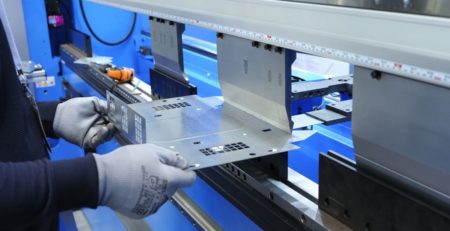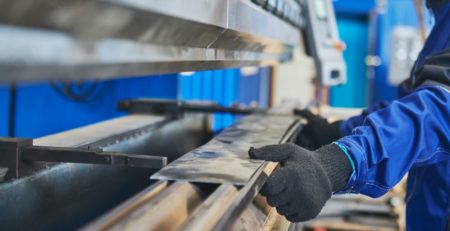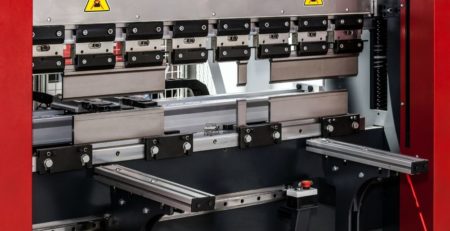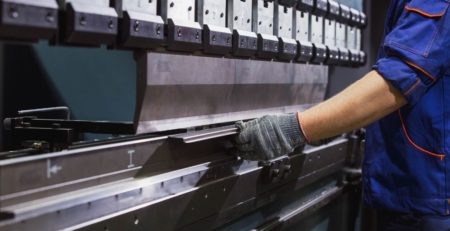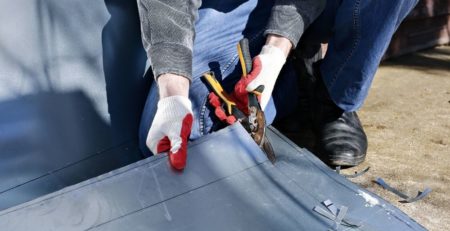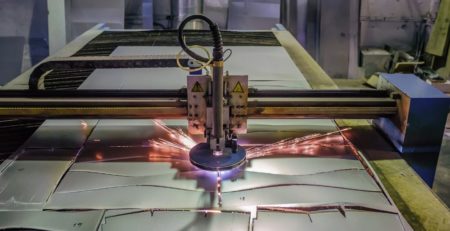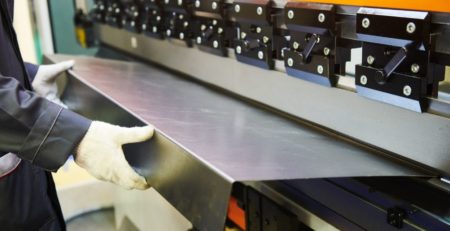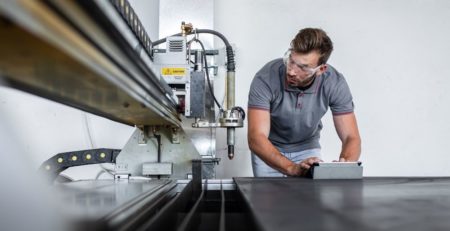What You Need To Know About The Infrastructure Plan
From the Hoover Dam to LaGuardia Airport and the Interstate Highway System, programs and organizations like the New Deal and the Works Progress Administration create jobs and stimulate industrial growth while building iconic infrastructure for future generations to come.
So, it stands to reason that infrastructure is central to a sitting president’s agenda and something worth monitoring over time. While each political leader will bring their own interests to the table, the overall directive to boost domestic productivity and harness local resources is one worth following. Here is what you need to know about the infrastructure plan.
Tax Increase
As with all federal budgets and projects, the money must come from somewhere—namely, tax dollars. It is no secret that all citizens of the United States pay taxes on goods, services, property, income, and more in exchange for the benefits they receive in their home country. Tax rates change over the years based on the economy’s strength and financial situation.
When you consider the planning, materials, labor, and time associated with building infrastructure, it is no surprise that these tasks do not come cheap. The infrastructure plan includes a 25 percent increase in corporate tax rates to account for a large chunk of the spending needs. Channeling funds from these large entities will reduce the direct financial burden for this infrastructure project on the general populous.
The new tax situation for large corporations may sound extreme to some, but it is all in the hopes of bringing industry and innovation back to our borders. Offshoring jobs, claiming international tax havens, and evading tax liabilities—United States corporations frequently pursue self-serving loopholes that benefit their business while leaving domestic interests behind. The new tax schematic hopes to enforce tax cooperation from such corporations and encourage commitments to domestic affairs. While these high-level legal and fiscal battles do not concern the everyday American citizen, they do impact domestic job opportunities and economic stimulation. As such, it is essential to grasp the general goings-on with the upper echelon of business dealings.
Job Creation
This government-funded infrastructure project comes with the promise of more jobs, especially in construction and industrial fields. A White House fact sheet on the American Jobs Plan delineates the specifics surrounding the infrastructure plan along with notes regarding domestic job creation. Among the flurry of hopeful paragraphs lies a sub-plan to “revitalize American manufacturers…monitoring domestic industrial capacity and funding investments to support production of critical goods.”
The plan specifically mentions prioritizing healthcare job creation amid the whirlwind of post-COVID-19 life. The plan seeks to “create good middle-class jobs with a free and fair choice to join a union.” Accessible, higher-paying jobs for health workers are not only much-needed opportunities in this health-conscious era, but they are also a great way to give back to the first responders who have sacrificed so much throughout the pandemic. Furthermore, this occupational infrastructure would help alleviate devastating pandemic impacts on the healthcare system, which continues to suffer as the Delta variant of the virus wreaks havoc upon the globe.
The plan also will invest in the workforce through job training programs that place an emphasis on teaching new technologies and high-demand skillsets. The goal is for these newly equipped people to enter the sectors outlined in the rest of the proposal for a unified approach. Ultimately to “empower workers[,]…create good jobs[, and]…protect workers” in the years to come.
Local Projects
The ten-year plan will funnel resources into localities across the United States. This vast country contains variegated levels of infrastructural quality. For example, the importance of repairing—or even installing—a paved road in remote, rural communities differs greatly from the importance of that same infrastructure in urban areas. While dilapidation and decay will continue to plague all construction projects as use and age wear them down over time, one cannot help but notice the current need for infrastructural improvements throughout the country.
From rebuilding thousands of bridges to replacing lead water pipes to strengthening manufacturing supply chains, the focus of the plan is on transit, utility, property, health, research, and occupational sectors. The breadth and depth of the proposed work are simultaneously astounding and hopeful. Regardless of personal political perspective, the infrastructural betterment of the United States is a goal that many agree is worth attaining, especially in underserved localities nationwide.
Economic Development
As with all policies and plans for economic development, there are political dialogues among both parties that debate every aspect of the proposal. Economic development requires cold, hard cash, and that money must come from somewhere. With the mix of interests and ideologies, this plan is sure to change in the coming months and years as it comes closer to fruition. However, the fact remains that work on America’s infrastructure will stimulate economic development—whether for better or worse, only time will tell.
Federally managed funds will accelerate growth in the clean energy sector, an industry that proves to be a cornerstone of life in an increasingly eco-conscious world. The goal is to create jobs to modernize the power grid and establish resilient electricity transmission systems. Developing the energy sector will, in turn, boost people’s accessibility to sustainable electricity, Internet services, and more. With more people working, more businesses online, and more opportunities opening up, this development should propel the pandemic-riddled economy out of its stagnated funk.
Now that you have what you need to know about the infrastructure plan, you can make preliminary decisions for your business. The expectation of industrial revitalization—including higher production rates of construction materials—emphasizes the need for improving manufacturing potential. If you anticipate a need for a CNC beam drilling machine that will aid in structural steel fabrication, reach out to our team at Mac-Tech today. Our team of industry specialists can lead you to the technology that will work best for your business.




